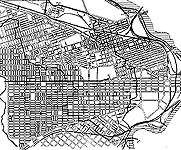
Location
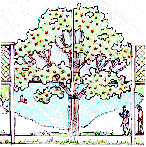
Enclosing Space
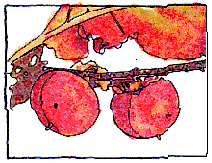
Writing on the Fence
Myths and legends can influence the way we recall and enjoy our environment. In the same manner ox- bow lakes elicit thoughts of Paul Bunion's giant blue ox pulling the rivers straight while leaving her big hoof prints behind, myths and stories of trees can help us remember and even enjoy our streetscapes and gardens more. I have chosen to use some existing tales such as The Flame Tree as a base for my urban forestation and education proposal for Mill Creek.
The enclosed stories (see preceding tales link) speak of four separate trees. In reverence to these stories, this proposal suggests that the Sulzburger middle school plant native Mountain Laurel, and Sycamore as well as the Common Persimmon and 'Autumn Flame' Red Maple. The students can learn these stories and after, discover the trees mentioned therein. This will allow a correlation between class room literary studies and the urban forest project. The students can also invent their own myths for the nursery trees or alternatively, they can create stories describing the genesis of features in or histories of other common Mill Creek street trees such as these:
 Location |
 Enclosing Space |
 Writing on the Fence |
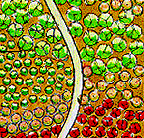 Nursery Plan |
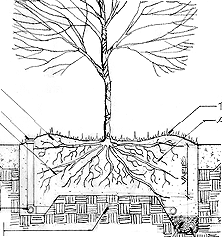 Implementation |